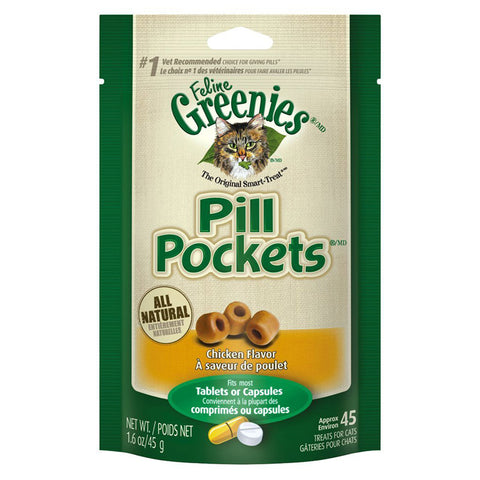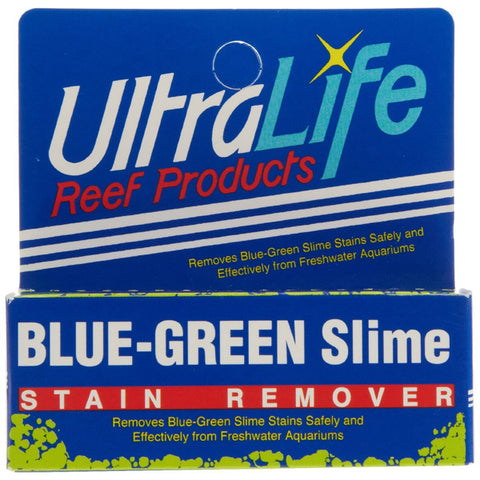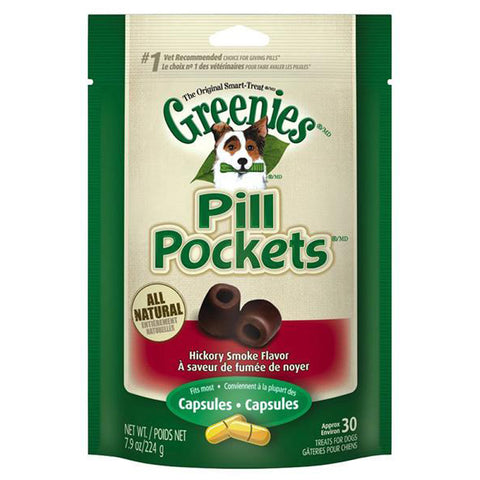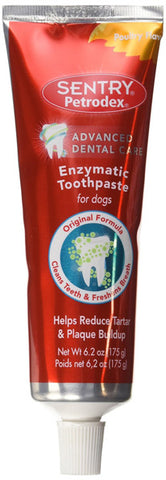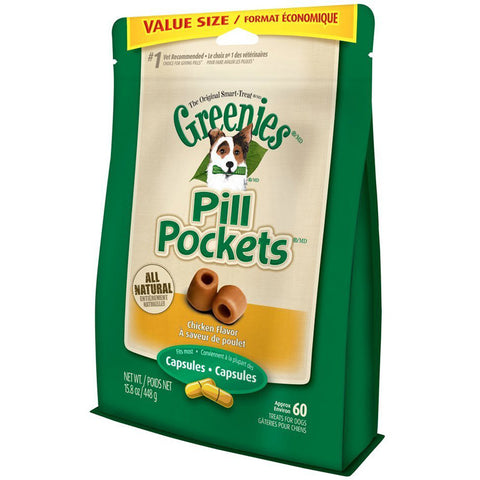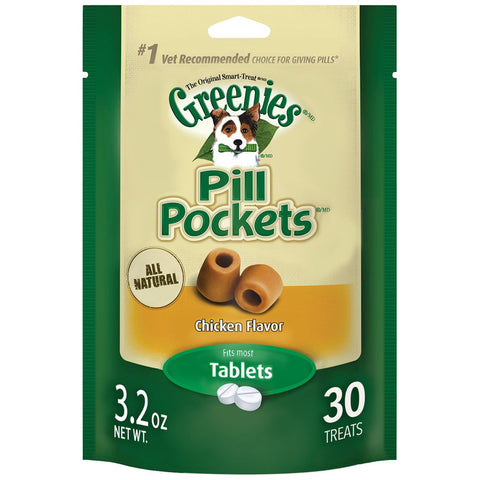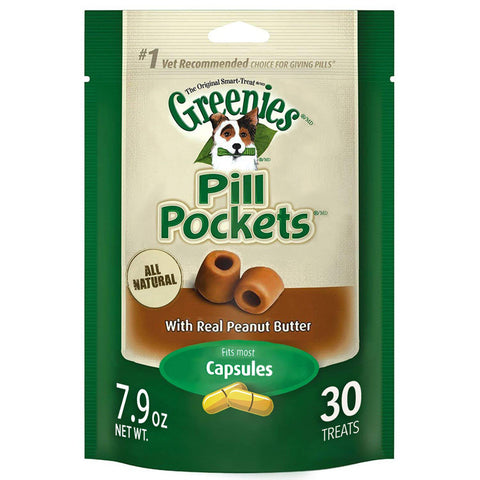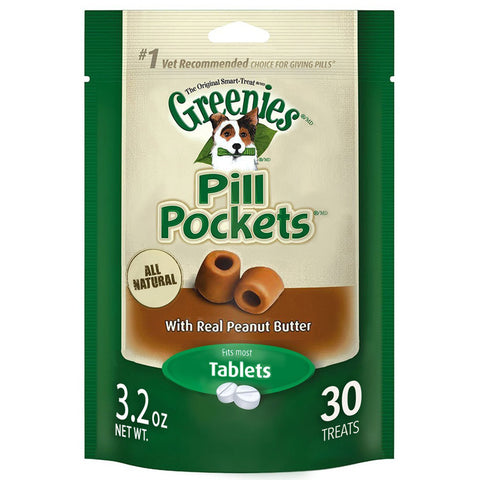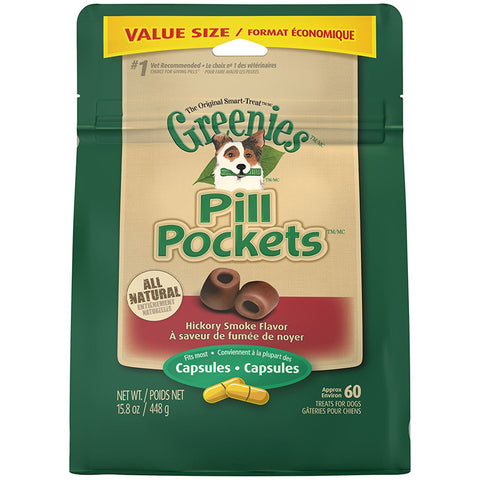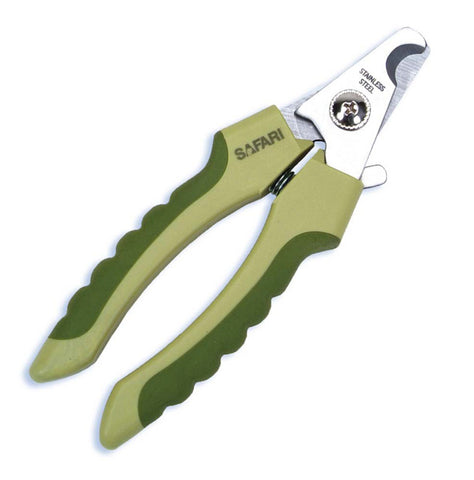API - Freshwater Master Test Kit - 800 Tests
HEALTHCARE DISCLAIMER
The products sold on this site are not approved to diagnose, treat, cure or prevent disease. Information on this site including any product label or packaging should not be considered as a substitute for advice from a healthcare professional.
This Site is not intended to provide diagnosis, treatment or medical advice. Products, services, information and other content provided on this Site, including information that may be provided on this Site directly or by linking to third-party websites are provided for informational purposes only. Please consult with a physician or other healthcare professional regarding any medical or health related diagnosis or treatment options.
Always check the product label or packaging prior to using any product. If there are discrepancies, customers should follow the information provided on the product label or packaging. You should contact the manufacturer directly for clarification as to product labeling and packaging details and recommended use. Please also consult your physician for a complete list of indications, warnings, precautions, adverse events, clinical results, and other important medical information.

All Vitamin Grocer orders are shipped from the East Coast of the United States. Vitamin Grocer offers two shipping options with different costs depending upon whether or not your order value is greater than $75. The standard processing time for all orders is 2 business days.
Vitamin Grocer's standard shipping option is DHL eCommerce's Packet International service. DHL transports the package from the Vitamin Grocer warehouse to your local mail carrier who delivers the package to your front door. Orders over $75 ship for FREE using this service. See table below for more details.
In addition, Vitamin Grocer now offers a shipping option with door-to-door tracking for an additional charge. This service is DHL eCommerce's ePacket service. Unlike our standard service, which generally only provides tracking up to the port of entry of the destination country, ePacket provides door-to-door tracking with delivery confirmation. See below for rates and additional details.
In addition to Australia, we also ship to New Zealand.
As of July 1, 2018, the Australian Goods and Services Tax (GST) may apply to low value goods when imported from overseas by consumers in Australia. However, the GST is charged at the point of sale and not at the border. All prices listed on vitamingrocer.com.au are inclusive of GST and customers will not be subject to additional charges to cover GST. For more information, please review the Australian Customs and Border Protection Service Guide to Buying Online. Customers should familiarize themselves with this information before making an online purchase. Not all items available for sale on the Vitamin Grocer website are permitted in all of the eligible shipping destinations. Due to import restrictions, packages containing certain products may be seized by the local customs department. Customers are responsible for confirming that the products they order from Vitamin Grocer are permitted to be shipped to their country of residence. Vitamin Grocer is not responsible for orders seized by local customs officers.
Vitamin Grocer makes every effort to ship orders as quickly as possible. Orders are typically dispatched from the Vitamin Grocer warehouse within one to two business days. After an order is placed, customers will receive two confirmation emails from Vitamin Grocer. The first email is the order confirmation email. The order confirmation email will be sent immediately after the order is placed and serves as the customer's order receipt. It includes the order number, billing address, shipping address, shipping method, payment method, items ordered and order total. Please review the shipping address to ensure it is correct. If it is incorrect, contact us immediately and we will attempt to correct the shipment before it dispatches. The second email is the shipping confirmation email. This email is sent to the customer on the day that the order is dispatched from the Vitamin Grocer warehouse. It includes the order shipping method, tracking number and a hyperlink to the shipping carrier's website where the order's status can be tracked. In rare circumstances, there may be a delay in the dispatch of a customer order due to unforeseen circumstances. If a shipping confirmation email has not been received within two business days of placing the order, the customer may contact Vitamin Grocer customer service for an update on the status of the order. In order to ensure that you receive the confirmation emails, please configure your email account to allow receipt of emails from customerservice@vitamingrocer.com.au.
On rare occasions, certain purchased item(s) may become unavailable due to supply chain disruptions or unexpected surges in product demand. In such cases, Vitamin Grocer will notify the customer as soon as possible and provide a full refund.
In the event that the unavailable item is part of a larger order that includes other items which are in stock and ready to ship, Vitamin Grocer will ship the remainder of the order and provide the customer with a full refund for the missing item(s) and the appropriate portion of any shipping charges.
Vitamin Grocer orders may be cancelled within 24 hours of placing the order for a full refund. To cancel an order, customers should send an email to customerservice@vitamingrocer.com.au stating their intention to cancel the order. The 24 hour time limit begins at the moment a customer clicks the "Place Order" button on the VitaminGrocer.com.au checkout page. Only orders cancelled within this time period will be issued a full refund under this policy. All other requests will be treated as returns and subject to the Vitamin Grocer Refund and Return Policy.
As stated in the shipping rate tables above, most orders shipped to Australia are delivered within 14-20 business days. If delivery takes longer than this estimate time frames, the customer may contact Vitamin Grocer and a customer service representative will assist in tracking the status of the order. In order to receive assistance with an order not received, customers must contact Vitamin Grocer customer service no later than 45 days after the shipment of the order. Beyond 45 days from the date of dispatch, orders are considered final and no refunds will be issued for orders not received.
Customers are responsible for providing complete and accurate shipping address information and ensuring that packages can be safely delivered to the address provided. If delivery is unsuccessful, either because an incorrect address was provided or because delivery of the packages was refused or unclaimed, it is incumbent upon the customer to contact Vitamin Grocer customer service for assistance. Upon receipt of the returned order, Vitamin Grocer will provide a full refund to the customer less any shipping charges incurred by Vitamin Grocer. Vitamin Grocer will not resend an order to an address where one delivery attempt has already failed unless the customer is able to provide a verified correction to the original address.
If a customer receives an item that is damaged or defective, the customer may return or exchange the item pursuant to Vitamin Grocer's Return Policy. Please visit the Refund and Return Policy page for specific instructions on returns and exchanges.

